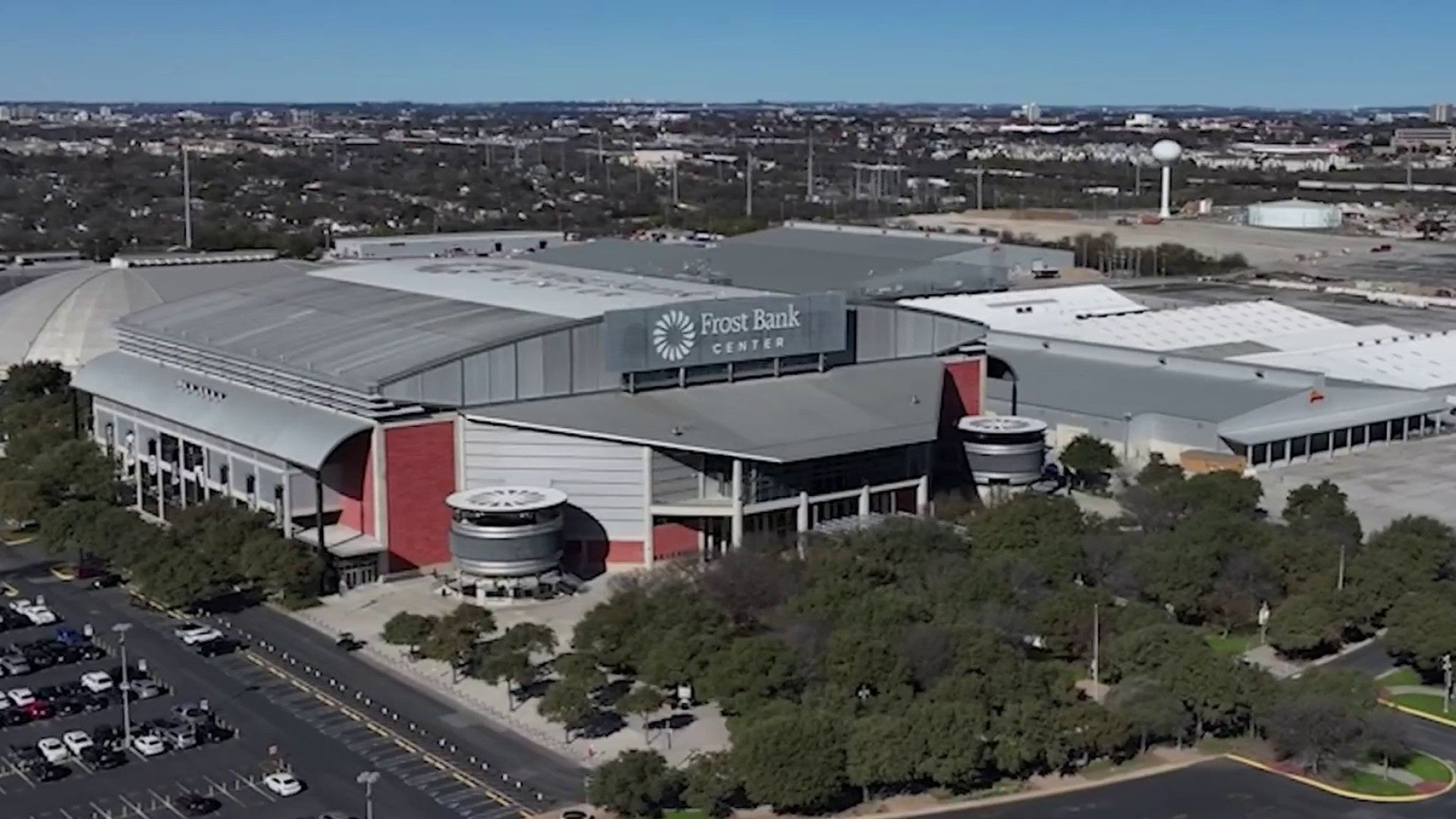Report on MSME Recovery Assistance Program and Alignment with Sustainable Development Goals
Executive Summary
This report details the outcomes of a cash grant assistance program designed to support Micro, Small, and Medium Enterprises (MSMEs) in six provinces following a devastating earthquake. The program aimed to restore economic stability, directly contributing to several Sustainable Development Goals (SDGs), including SDG 1 (No Poverty), SDG 5 (Gender Equality), SDG 8 (Decent Work and Economic Growth), and SDG 9 (Industry, Innovation, and Infrastructure). While overall satisfaction with the program was high, post-distribution monitoring revealed mixed results concerning business recovery, highlighting the need for continued and more tailored support. A targeted top-up grant for women-led businesses proved highly effective, underscoring the importance of gender-responsive approaches in achieving SDG 5. Future interventions must build on these lessons to ensure long-term, sustainable economic recovery and resilience in line with SDG 11 (Sustainable Cities and Communities).
Program Implementation and Contribution to Economic Recovery
Financial Disbursement and Support for SDG 8 and SDG 9
A two-phase cash grant program was executed to facilitate economic recovery and promote SDG 8 (Decent Work and Economic Growth). The initiative disbursed over TRY 196 million to 3,585 MSMEs, with individual grants ranging from TRY 50,000 to TRY 80,000. This financial injection was critical for restoring business operations and livelihoods, thereby mitigating poverty in the aftermath of the disaster (SDG 1). The assistance enabled businesses to address urgent needs, directly supporting the objectives of SDG 9 (Industry, Innovation, and Infrastructure) through expenditures on:
- Infrastructure repair
- Procurement of equipment and machinery
- Purchase of raw materials
- Coverage of operational expenses
Post-Distribution Monitoring (PDM) Findings
Overall Program Impact and Challenges to Sustainable Growth
The program’s impact on business recovery was varied, influenced by external economic pressures, market instability, and labor shortages. These factors present ongoing challenges to achieving sustained economic growth as outlined in SDG 8. Key findings include:
- 23% of MSMEs reported an improvement in business conditions.
- 42% of MSMEs indicated no change in their income levels.
- 35% of MSMEs experienced a decline in income post-assistance.
The most significant needs identified by beneficiaries, which are crucial for building resilient infrastructure (SDG 9) and ensuring decent work (SDG 8), were:
- Workplace recovery and rehabilitation
- Access to machinery and raw materials
- Access to a skilled labor force
Beneficiary Satisfaction and Feedback
Satisfaction with the program’s implementation was notably high at 92%. However, a substantial majority (83%) of recipients reported that the financial assistance was insufficient to cover the full scope of their recovery needs. This feedback suggests that while the intervention was appreciated, the scale of support must be reconsidered for future programs to fully achieve their intended impact on SDG 8 and SDG 1. Beneficiaries also expressed a strong preference for larger, lump-sum payments over installments to accelerate business stabilization.
Targeted Interventions for Gender Equality (SDG 5)
Effectiveness of Top-Up Assistance for Women-Led MSMEs
In alignment with SDG 5 (Gender Equality) and SDG 10 (Reduced Inequalities), a specific top-up grant was provided to a sample of women-led MSMEs, who faced distinct challenges such as workplace rehabilitation and debt repayment. This targeted intervention demonstrated exceptional effectiveness:
- 97% of recipients reported that the top-up payment covered their business needs.
- 90% expressed high levels of satisfaction with the additional support.
- 67% rated the top-up’s impact as highly effective (scores of 8-10).
The funds were primarily used to enhance productive capacity, a direct contribution to SDG 9, with spending focused on machinery and equipment (37%) and raw materials (26%). However, the impact on employment creation (SDG 8) was modest, with only 8% of these businesses hiring new staff.
Recommendations for Long-Term Sustainable Recovery
A Strategic Path Towards Resilient Communities (SDG 11) and Inclusive Growth (SDG 8)
The resilience of the affected MSMEs is evident, with nearly 50% either currently profitable or expecting future profitability. However, long-term sustainability requires a strategic approach that moves beyond initial cash grants. To ensure a robust and inclusive economic recovery that aligns with the Sustainable Development Goals, future interventions should be structured around the following principles:
- Provide Additional and Tailored Financial Assistance: Future support must be calibrated to the specific needs and scale of earthquake-affected businesses to foster genuine recovery and growth (SDG 8).
- Focus on Resilient Infrastructure: Interventions should prioritize support for improving business infrastructure, including workplaces and equipment, to build a stronger foundation for economic activity (SDG 9).
- Incorporate Gender-Responsive Programming: The proven success of the women-led MSME top-up grant must inform future program design, ensuring that support is targeted to empower women entrepreneurs and advance gender equality (SDG 5).
- Promote Sustainable and Inclusive Communities: By addressing these strategic gaps, stakeholders can help build a more resilient local economy, ensuring that communities can withstand future shocks and achieve sustainable development (SDG 11).
SDGs Addressed or Connected to the Issues Highlighted
- SDG 1: No Poverty – The article discusses providing cash grants to micro, small, and medium enterprises (MSMEs) affected by an earthquake to restore livelihoods and economic stability, directly addressing economic vulnerability and poverty resulting from a disaster.
- SDG 5: Gender Equality – The article specifically highlights the heightened challenges faced by “women-led businesses” and evaluates a targeted “additional top-up assistance” program for them, focusing on their economic empowerment and recovery.
- SDG 8: Decent Work and Economic Growth – The core of the article is about supporting the recovery and resilience of MSMEs, which are crucial for economic growth, productive activities, and employment. The financial assistance aims to restore their operational capacity.
- SDG 11: Sustainable Cities and Communities – The context is recovery from a “devastating earthquake.” The support helps businesses with “infrastructure repair” and “workplace rehabilitation,” contributing to the economic and physical resilience of the affected communities.
Specific Targets Identified
-
SDG 1: No Poverty
- Target 1.5: “By 2030, build the resilience of the poor and those in vulnerable situations and reduce their exposure and vulnerability to climate-related extreme events and other economic, social and environmental shocks and disasters.”
Explanation: The article describes a cash grant program designed to help 3,585 MSMEs recover from a devastating earthquake, a major environmental shock and disaster. The program aims to build their economic resilience to mitigate the disaster’s impact.
- Target 1.5: “By 2030, build the resilience of the poor and those in vulnerable situations and reduce their exposure and vulnerability to climate-related extreme events and other economic, social and environmental shocks and disasters.”
-
SDG 5: Gender Equality
- Target 5.5: “Ensure women’s full and effective participation and equal opportunities for leadership at all levels of decision-making in political, economic and public life.”
Explanation: The article’s focus on the specific challenges and targeted support for “women-led businesses” directly relates to ensuring their continued participation and leadership in the economic sphere post-disaster. - Target 5.a: “Undertake reforms to give women equal rights to economic resources…”
Explanation: The “additional top-up assistance provided specifically to a sampled group of women-led MSMEs” is a direct measure to provide women with access to economic resources (financial capital) to ensure their businesses can recover and thrive.
- Target 5.5: “Ensure women’s full and effective participation and equal opportunities for leadership at all levels of decision-making in political, economic and public life.”
-
SDG 8: Decent Work and Economic Growth
- Target 8.3: “Promote development-oriented policies that support productive activities, decent job creation, entrepreneurship, creativity and innovation, and encourage the formalization and growth of micro-, small- and medium-sized enterprises, including through access to financial services.”
Explanation: The entire program is an intervention to support MSMEs by providing “access to financial services” (cash grants). This support is intended to restore productive activities, as evidenced by expenditures on “machinery and equipment” and “raw materials,” and ultimately foster their growth and profitability.
- Target 8.3: “Promote development-oriented policies that support productive activities, decent job creation, entrepreneurship, creativity and innovation, and encourage the formalization and growth of micro-, small- and medium-sized enterprises, including through access to financial services.”
-
SDG 11: Sustainable Cities and Communities
- Target 11.5: “By 2030, significantly reduce the number of deaths and the number of people affected and substantially decrease the direct economic losses relative to global gross domestic product caused by disasters… with a focus on protecting the poor and people in vulnerable situations.”
Explanation: The program directly addresses the “direct economic losses” experienced by MSMEs due to the earthquake. By disbursing over TRY 196 million, it aims to mitigate these losses and support the economic recovery of the affected community.
- Target 11.5: “By 2030, significantly reduce the number of deaths and the number of people affected and substantially decrease the direct economic losses relative to global gross domestic product caused by disasters… with a focus on protecting the poor and people in vulnerable situations.”
Indicators for Measuring Progress
-
For Targets 1.5 and 11.5 (Disaster Resilience and Recovery)
- Number of MSMEs receiving assistance: 3,585.
- Total financial assistance disbursed: Over TRY 196 million.
- Percentage of MSMEs reporting improved business conditions: 23%.
- Percentage of MSMEs reporting no change in income: 42%.
- Percentage of MSMEs reporting a decline in income: 35%.
- Beneficiary satisfaction with the program: 92% expressed satisfaction.
- Perceived sufficiency of assistance: 83% reported the assistance was insufficient.
-
For Targets 5.5 and 5.a (Gender Equality)
- Percentage of women-led MSMEs reporting their needs were covered by the top-up payment: 97%.
- Satisfaction level of women-led MSMEs with the top-up assistance: 90% expressed high satisfaction.
- Perceived impact of the top-up for women-led businesses: 67% rated it highly effective.
-
For Target 8.3 (MSME Growth)
- Percentage of businesses profiting or expecting future profitability: Nearly half.
- Percentage of businesses hiring new staff post-assistance: 8%.
- Priority expenditures from assistance: Machinery and equipment (37%), raw materials (26%).
Summary of Findings
| SDGs | Targets | Indicators |
|---|---|---|
| SDG 1: No Poverty | 1.5: Build resilience of the poor and vulnerable to economic, social, and environmental shocks and disasters. |
|
| SDG 5: Gender Equality | 5.5: Ensure women’s full and effective participation and equal opportunities in economic life.
5.a: Give women equal rights to economic resources. |
|
| SDG 8: Decent Work and Economic Growth | 8.3: Promote policies to support MSMEs, including through access to financial services. |
|
| SDG 11: Sustainable Cities and Communities | 11.5: Substantially decrease direct economic losses caused by disasters, focusing on protecting the vulnerable. |
|
Source: reliefweb.int







